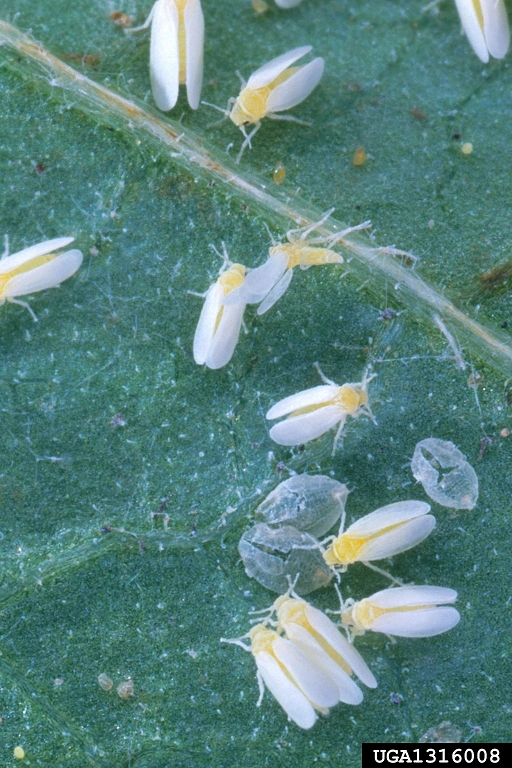By Clint Thompson
Whitefly populations have spiked across the Southeast. One university specialist hopes they have peaked, and specialty crop producers will soon start seeing a decline.

Stormy Sparks, University of Georgia (UGA) Cooperative Extension vegetable entomologist, describes what farmers and other specialists are seeing in their fields.
“We’re hoping we have peaked. The trap lines that Phillip’s (Roberts) group runs, it’s down (last) week. It’s still high numbers, but it’s down from (the previous) week. It’s about that time of year when we normally start dropping off a little bit,” Sparks said.
Whiteflies are a threat to fall vegetables because of feeding injury issues and they vector two viruses: cucurbit leaf crumple virus and cucurbit yellow stunting disorder virus. Insecticides are available but may not be able to handle the high populations that currently exist, Sparks noted.
“It’s just under this kind of pressure you’re asking a lot of them. We’ve got areas where it’s not whiteflies per leaf, it’s hundreds of whiteflies per leaf. It’s just really heavy pressure,” Sparks said. “The insecticides are not cheap. But if you’re willing to spend the money, you can keep crops green with what we have. It’s pretty expensive. They’re not working as well as they normally do, and I think it’s just the pressure. I don’t think it’s any kind of severe resistance at this point. It’s just the shear pressure of the populations.
“The populations we have right now, where we have small trials and not treating, it’s not just absolutely killing the plants but it’s not producing anything. It’s getting pretty close to killing them just from feeding pressure.”
Vegetables like squash, zucchini, cucumber and snap beans are susceptible to viruses transmitted by whiteflies.









